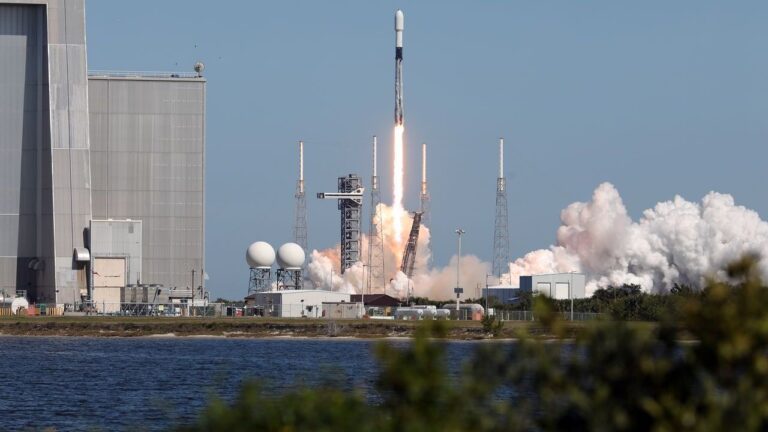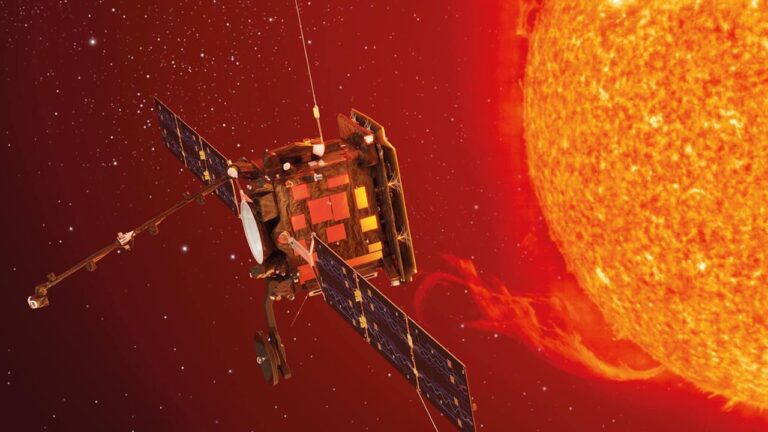
Square Kilometre Array Project: India Allocates Rs 1,250 Crore for World's Largest Radio-Telescope
India is slated to donate Rs 1,250 crore to the Square Kilometre Array (SKA) project, marking a major advancement in scientific discovery. The goal of this global endeavor is to build the greatest radio telescope in history, spanning two continents and transforming our understanding of the cosmos from its beginnings to the genesis of life.
Dual Continents, Dual Perspectives: SKA’s Unique Design
The Union Cabinet’s approval greenlights India’s financial commitment to the SKA project, designed to erect colossal radio telescopes simultaneously in two remote, radio-quiet locations. The chosen sites are in western Australia, near Perth, and in South Africa, near Cape Town. This ambitious venture leverages cutting-edge technology, incorporating some of the world’s fastest supercomputers, promising detailed insights into the universe’s inner workings.
India’s Strategic Role in Square Kilometre Array: A Software Frontier
India’s involvement in the SKA project is multifaceted, with a primary focus on software development. The Department of Atomic Energy highlighted that India’s investment of Rs 1,250 crore signifies the nation’s commitment to the international mega-science endeavor. Indian radio astronomers, led by scientists from the National Centre for Radio Astronomy (NCRA) and Raman Research Institute, Bengaluru, have been integral to the SKA project since its inception.
Veteran Astronomer Govind Swarup’s Pioneering Vision
The roots of India’s participation in SKA can be traced back to the early 1990s when veteran astronomer Govind Swarup, the first director of the NCRA, proposed the concept of a SKA-type observatory. The cooperation agreement signed between SKA Observatory and the NCRA two years ago paved the way for India to become a full member of this global consortium.
Software Expertise: India’s Key Contribution
India’s primary role in the SKA project revolves around developing software to manage and control the telescopes at the two distant sites, linking them with the headquarters at the Jodrell Bank Observatory in the UK. The SKA Observatory highlighted that Indian software engineers will play a crucial role in executing astronomical observations, likening their role to the human body’s neural system.
Indian SKA Network: A Collaborative Endeavor
Nearly 20 Indian institutes are actively participating in the Indian SKA network, contributing to various aspects of the program. The SKA telescopes, named SKA-Mid and SKA-Low, are being constructed in South Africa and Western Australia, respectively. These arrays, comprising traditional dish antennas and smaller tree-like antennas, will cover two different frequency ranges.
A Vision for the Future: Massive Signal Collecting Area
With construction underway at both sites, the SKA project envisions a massive field of antennas covering a total signal collecting area of one square kilometre. This visionary project, uniting more than 10 nations, promises groundbreaking discoveries, including insights into the inner workings of galaxies, black holes, and the tracking of gravitational waves.
As India assumes a pivotal role in the software development, the Square Kilometre Array is poised to reshape our understanding of the cosmos.






